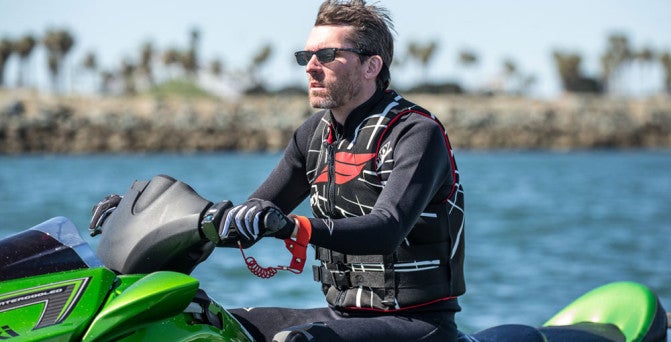
Years ago personal flotation devices, or PFDs, were the elephant in every boater’s room. Everyone understood why it made sense to wear one, and supported the idea, but in practice, few boaters ever actually put their PFD on. We all said the same things – they were heavy, they were hot, and they were uncomfortable.
But thanks to high-tech materials and some snazzy engineering, that’s no longer the case today, and it’s become commonplace to see boaters wearing a wide range of PFDs. Non-boaters may not even realize that someone’s unassuming belt pack or collar is, in fact, a modern life jacket. The truth is that a modern PFD might actually be the most high-tech piece of apparel most of us will ever own.
Foam Cell PFDs
The vast majority of PFDs sold today use a lightweight foam core encapsulated in a durable, featherweight nylon shell. “They’re durable, they last a long time, and they’re easy to use,” says Jason Leggatt at Mustang Survival, one of the largest manufacturers of personal flotation devices in the world. Technical materials and forward-thinking designs have made the modern PFD substantially lighter in weight and cooler to wear than the old canvas-and-kapok keyhole designs they long ago replaced.

Modern foam and nylon PFDs are not only lighter and far more comfortable than older designs, they include numerous useful design features for greater freedom of movement.
They’ve also allowed them to be far more functional and fashionable. Specialized designs for water sports like wake surfing and wakeboarding make the most of the latest materials and designs to maximize freedom of movement, and represent some of the most advanced designs yet.
They’re also inexpensive. Even the most advanced models available today cost about the same as what a PFD did in the 1960s – in spite of being light years ahead in comfort and utility.
Inflatable PFDs
Where lightweight foam might be the Cadillac of PFDs, its high-tech, inflatable cousin could be considered the stealth fighter of lifejacket design.
The modern descendant of the original ‘Mae West’ inflatable life vests worn by world war 2 pilots, today’s inflatable PFDs utilize the most sophisticated technical fabrics and precision components to be the lightest, most comfortable PFDs imaginable. Slipping on like a loose-fitting vest, they’re so comfortable and lightweight that it is easy to forget you’re even wearing one.
Yet in spite of their compact form, inflatable PDFs are all business in the water. Self-inflating models use automatic triggering mechanisms such as a hydrostatic activator linked to a built-in CO2 cartridge to instantly inflate upon immersion in water. “Hydrostatic inflatables represent today’s highest standard for both comfort and safety,” says Mustang’s Jason Leggatt. “Because they’re much more comfortable to wear than traditional foam-based lifejackets, boaters do actually wear them all the time, rather than just park them in some storage compartment. No one ever plans to fall overboard, so having that inflatable on all the time means that when you really do need it, it’s there.”
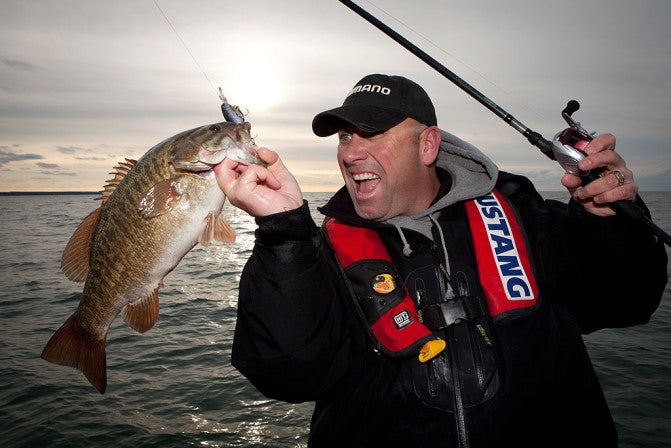
Facts of Fishing TV host Dave Mercer says his inflatable PFD is so comfortable and unobtrusive he often forgets he is even wearing it.
The other benefit to inflatable designs is that they’re flat until deployed. Laying flat against one’s clothes makes them comfortable enough and unobtrusive enough to wear all the time without getting in the way of on-water activities. And when not in use. They take up minimal space in a storage locker because of their flat, compact design.
The only real downside to inflatable PFDs is cost. While the price of an inflatable PFD has dropped considerably thanks to advanced manufacturing processes and simple economy of scale as more people buy them, they’re still three to four times as much as a foam and nylon PFD. Having said that, they’re so comfortable that most boaters prefer them over all other types. As Leggatt notes, the device only works if it is worn, not if it is kept in a storage locker. For the extra comfort and safety, the market is clearly swinging toward inflatables.
Don’t Forget The Extras!
While wearing a good PDF can save your life, equipping your device with a few added safety items can help rescuers find you, and shorten your time in the water.
The D-rings on many PFDs allow you to attach a whistle on a short, coiled cord, along with a small, waterproof flashing LED light to help search and rescue teams spot you at night.
Better yet, consider adding a compact personal locator beacon (PLB) such as those made by ACR, Ocean Signal or McMurdo, or a satellite messenger like the Spot. These compact, battery-powered devices transmit a signal with your precise GPS coordinates, allowing rescuers to easily locate you on even the darkest night.
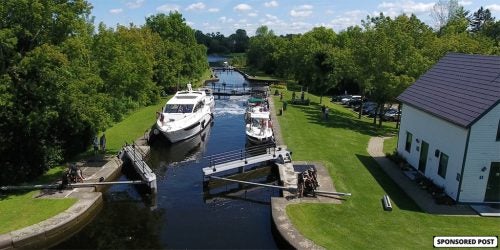
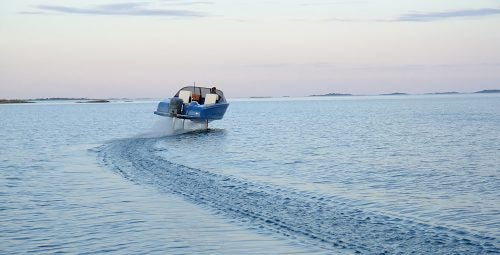
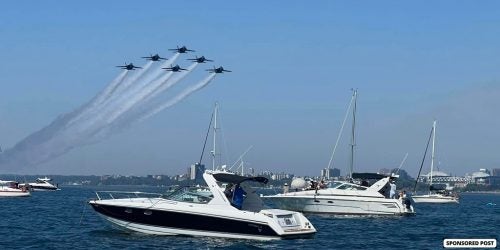


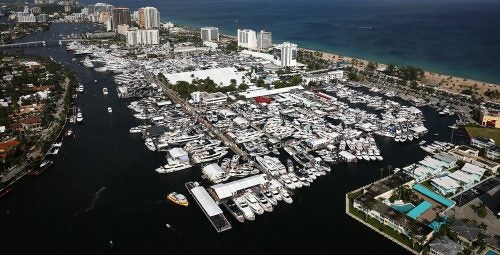 Fort Lauderdale International Boat Show Preview
Fort Lauderdale International Boat Show Preview 10 Best New Boat Accessories at IBEX 2021
10 Best New Boat Accessories at IBEX 2021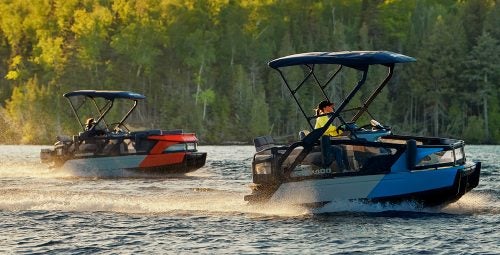 2022 Sea-Doo Switch Pontoon Boat Lineup Unveiled
2022 Sea-Doo Switch Pontoon Boat Lineup Unveiled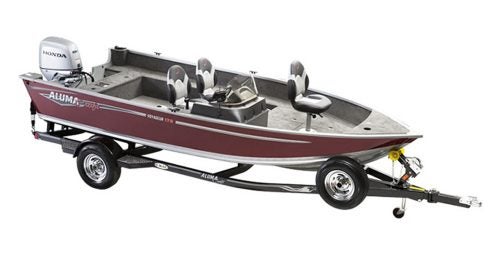 BRP Enters Fishing Boat Market with Purchase of Alumacraft Boat
BRP Enters Fishing Boat Market with Purchase of Alumacraft Boat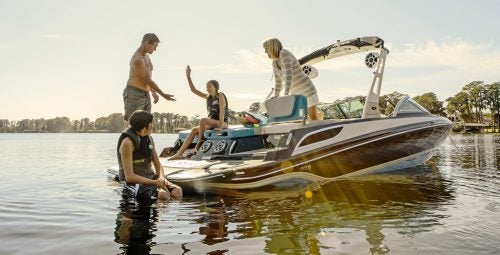 Volvo Commits To Electric Power By 2021
Volvo Commits To Electric Power By 2021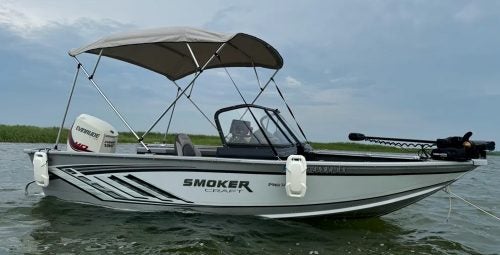 Kemimoto 4 Bow Bimini Top and Boat Bumper Review
Kemimoto 4 Bow Bimini Top and Boat Bumper Review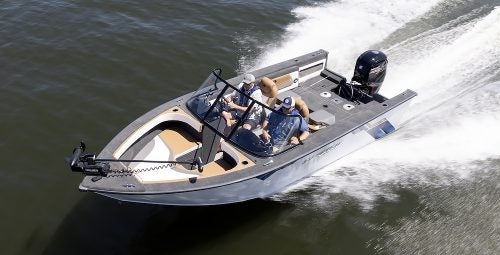 Starweld Victory 20 Review
Starweld Victory 20 Review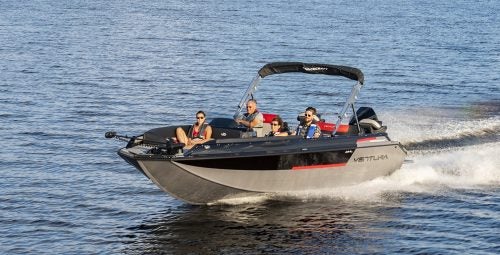 Princecraft Ventura 23 RL Review
Princecraft Ventura 23 RL Review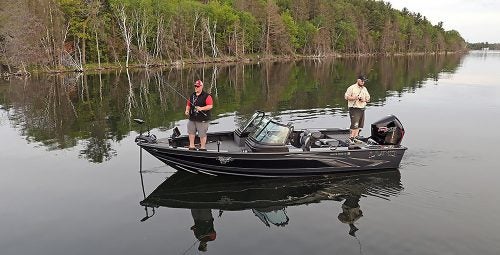 Lund 2075 Pro V Review
Lund 2075 Pro V Review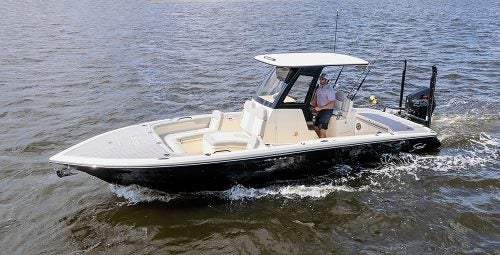 Scout 281 XSS Review
Scout 281 XSS Review Fuel Saving Tips For Boaters
Fuel Saving Tips For Boaters Best Boating Accessories
Best Boating Accessories Best Boating Apps
Best Boating Apps 5 Pontoon Boats That Are Made To Fish
5 Pontoon Boats That Are Made To Fish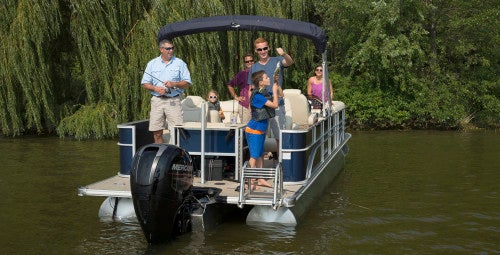 10 Great Small Pontoons
10 Great Small Pontoons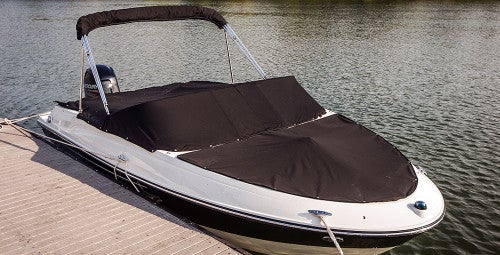 Your Boat Was Expensive—Do You Really Trust a $2 Rope From the Dollar Store to Secure It?
Your Boat Was Expensive—Do You Really Trust a $2 Rope From the Dollar Store to Secure It?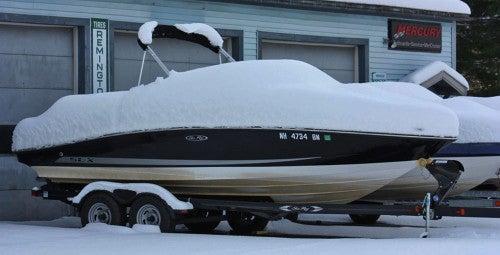 Do I Need Insurance Coverage Against Ice or Freezing Damage?
Do I Need Insurance Coverage Against Ice or Freezing Damage?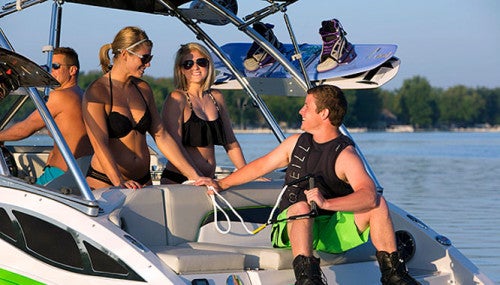 What Kind Of Insurance Coverage Do I Need?
What Kind Of Insurance Coverage Do I Need?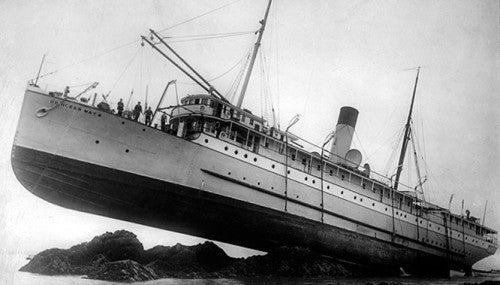 What About Salvage?
What About Salvage?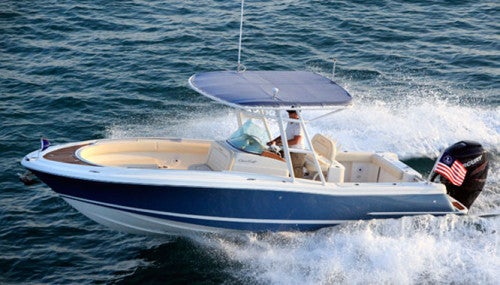 Boat Insurance or Yacht Insurance?
Boat Insurance or Yacht Insurance?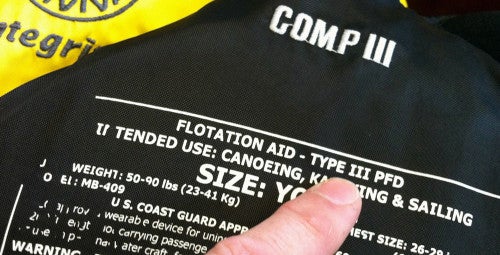
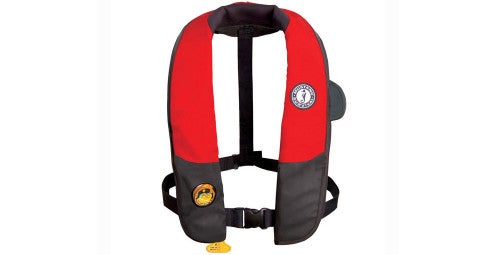

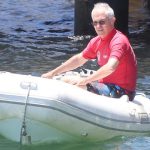
 The Best Bowriders For The Money
The Best Bowriders For The Money
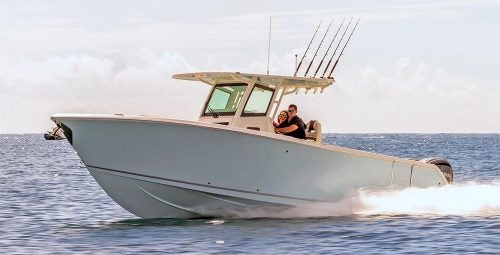 Sailfish 312CC Review
Sailfish 312CC Review
 The Wildest Concept Yachts
The Wildest Concept Yachts
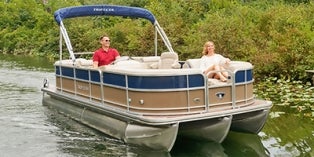 2016 Trifecta 200 Series 220FCR
2016 Trifecta 200 Series 220FCR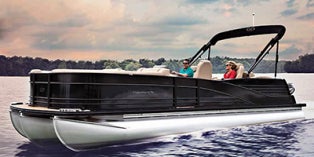 2016 Harris Grand Mariner SL 270 DL
2016 Harris Grand Mariner SL 270 DL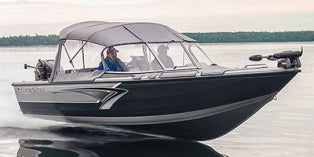 2016 Crestliner Authority 2050
2016 Crestliner Authority 2050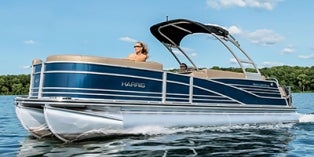 2016 Harris Grand Mariner SL 230 DLDH
2016 Harris Grand Mariner SL 230 DLDH
